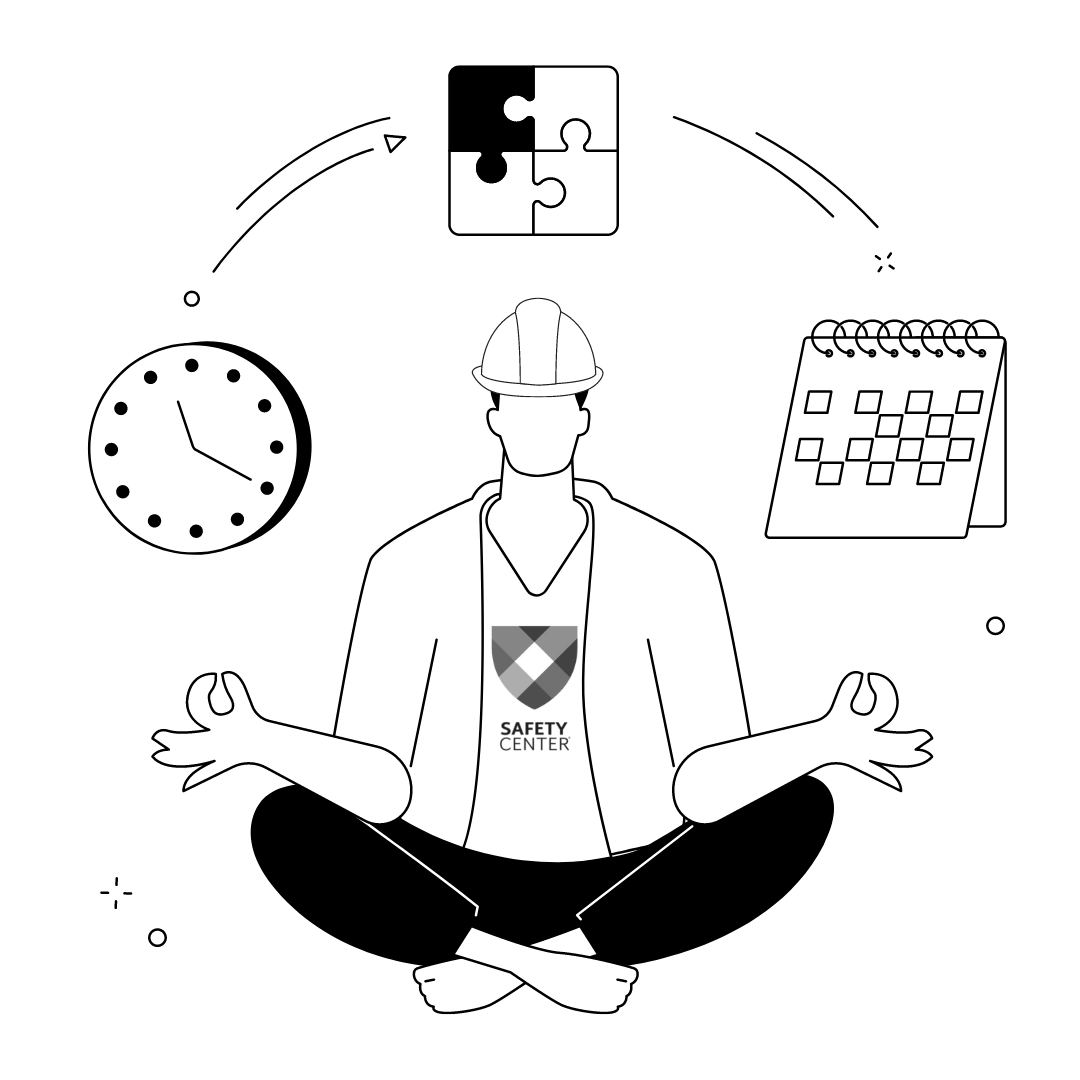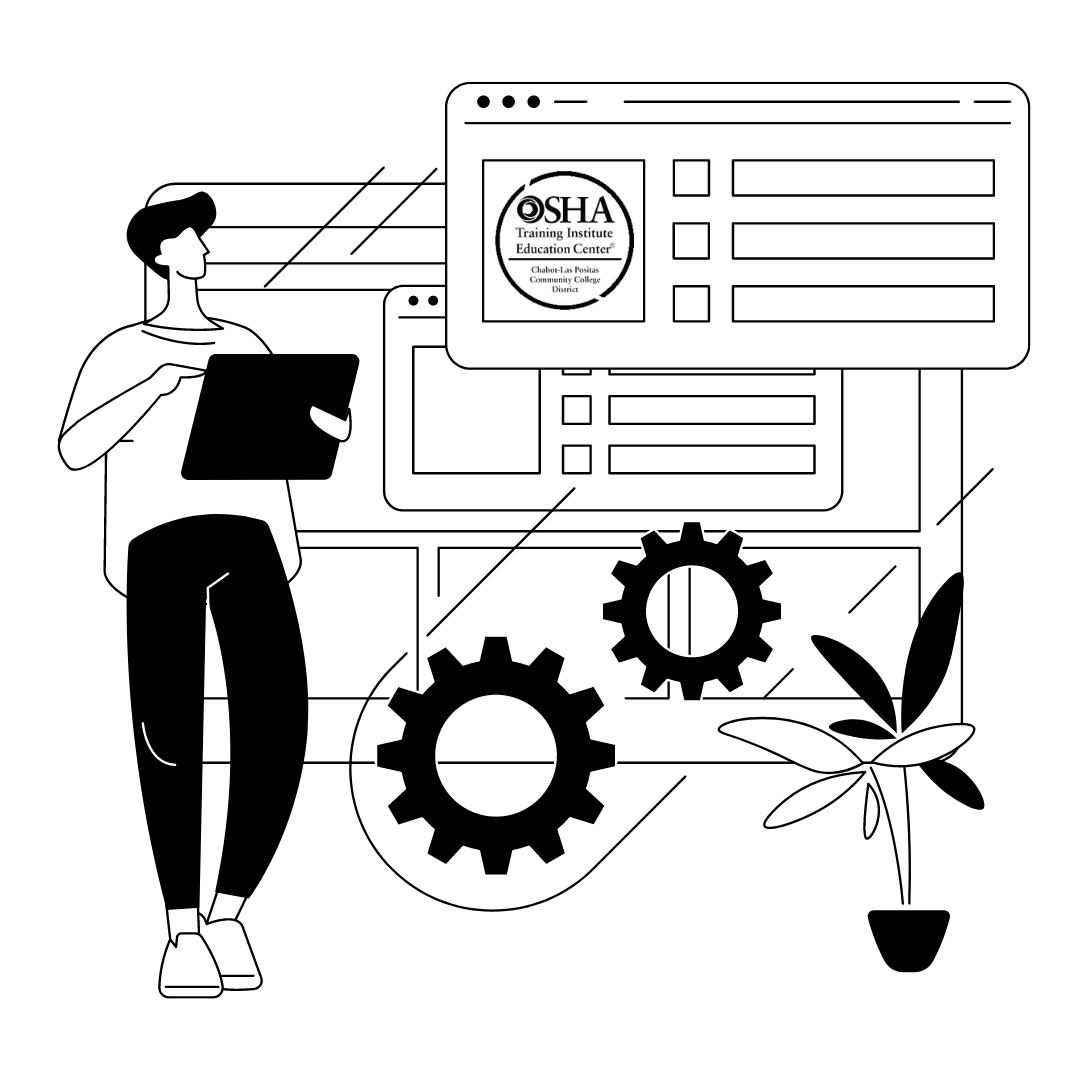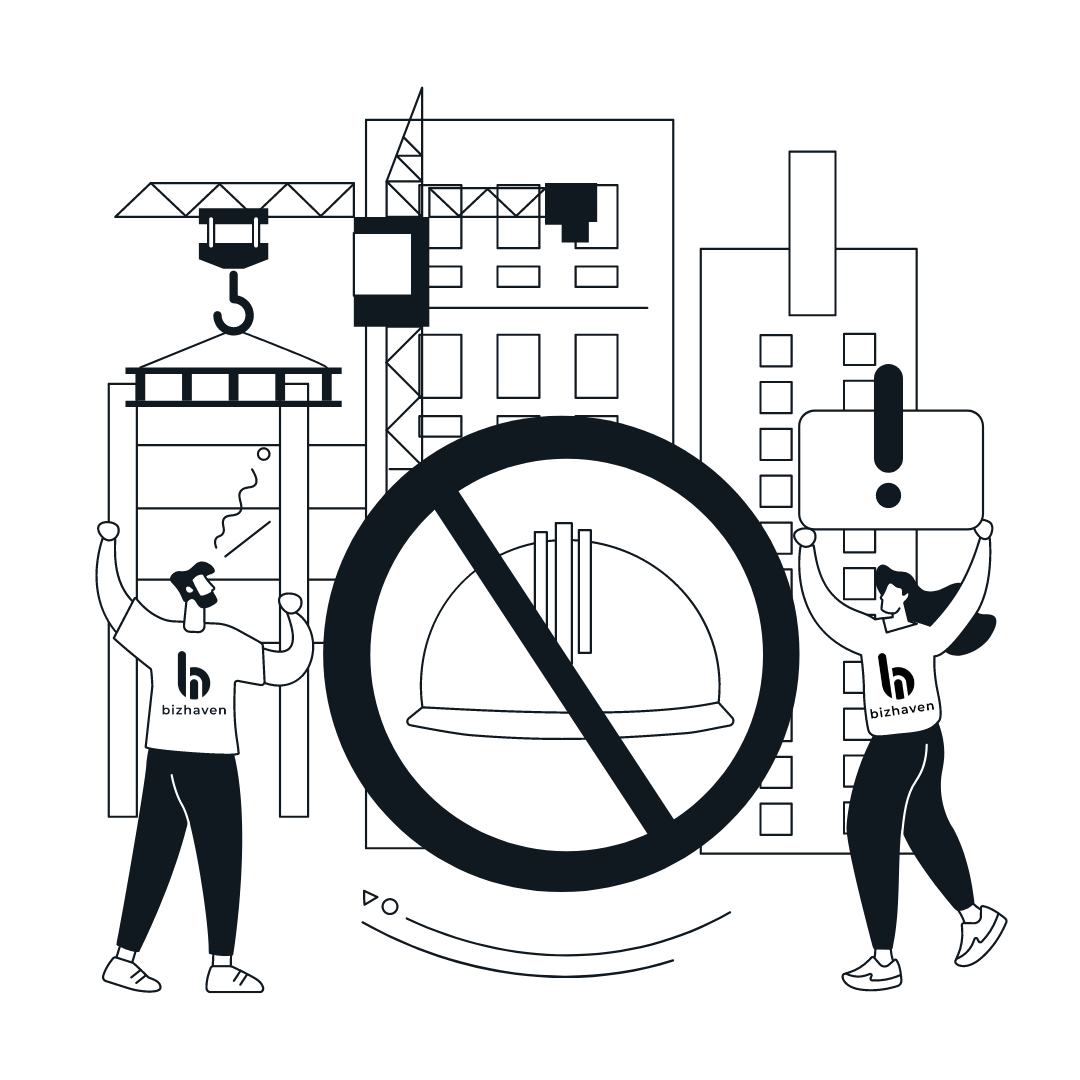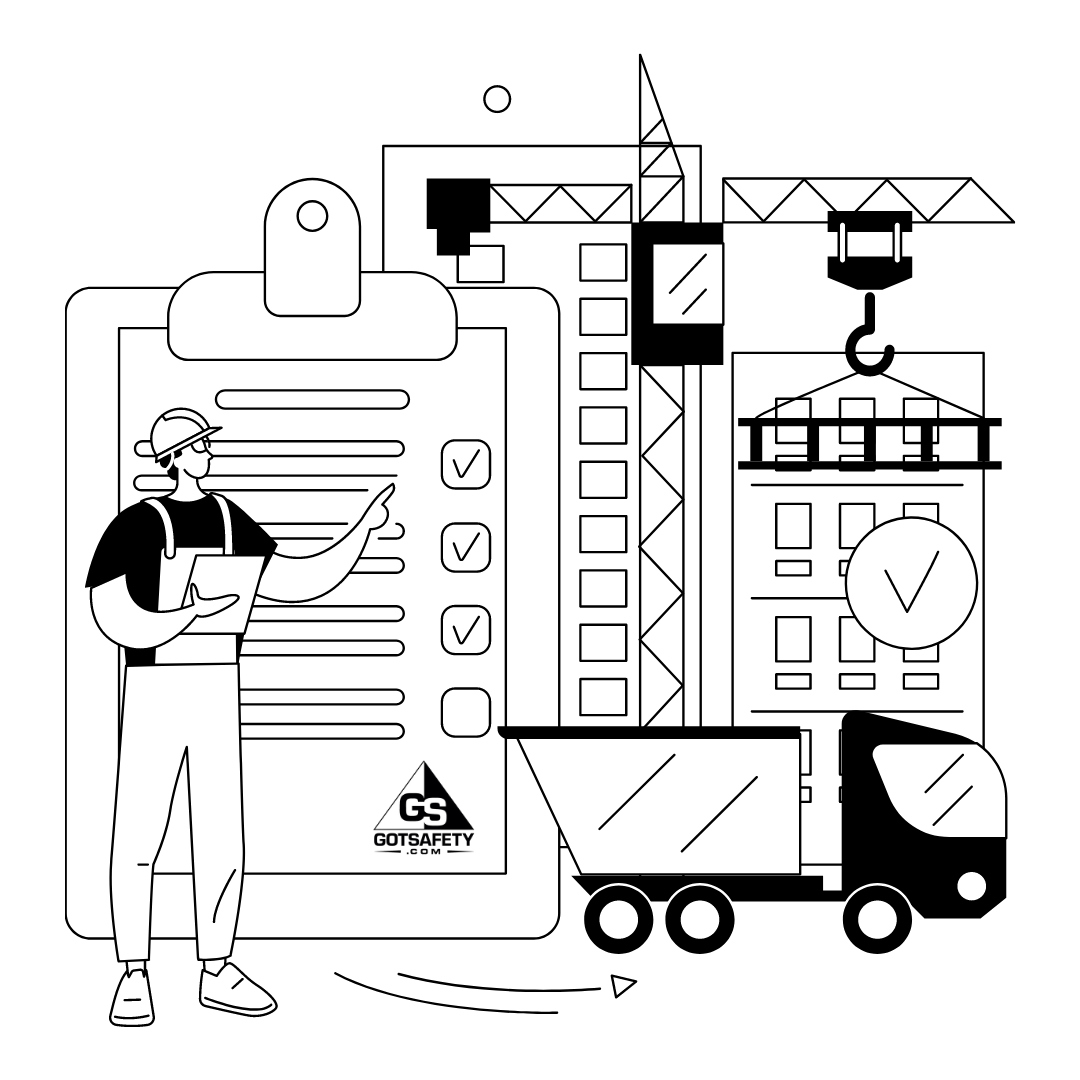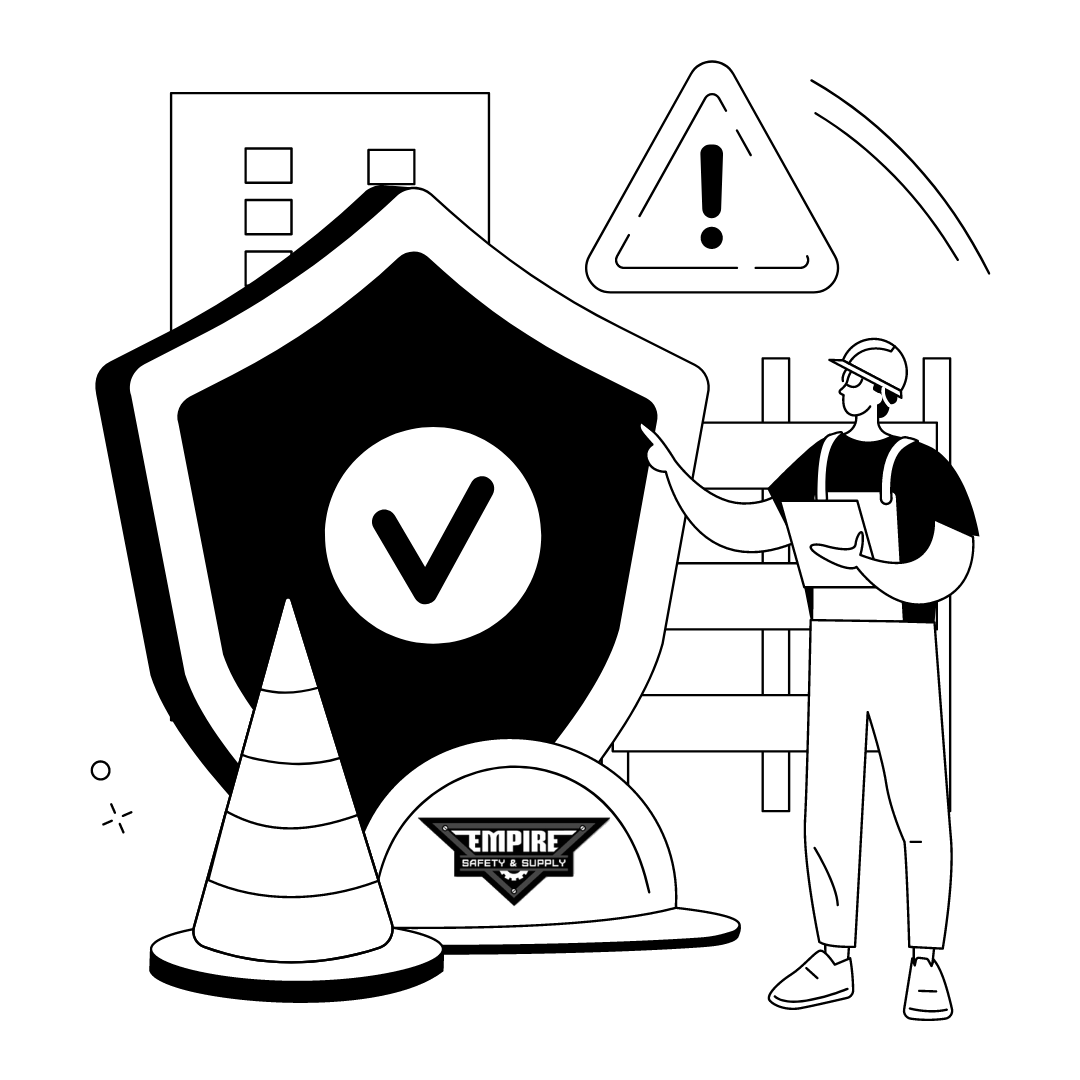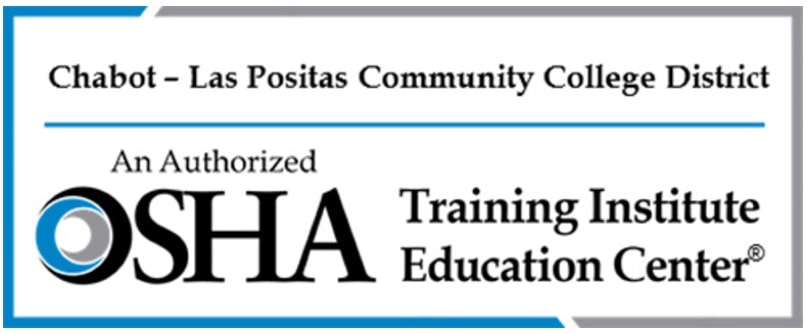Through strategic alliances with key organizations, SRBX connects our members to needed safety resources to keep your people safe on the job site. Our training partners can provide your company with courses to meet your safety requirements for new hires or for company-wide instruction on your schedule.
Whatever your safety needs – training, certification, documentation, or PPE – SRBX’s Safety Suite is your first and last stop to finding the resources you require.
SAFETY CENTER
|
OSHA TRAINING INSTITUTE EDUCATION CENTER
|
BIZHAVEN
|
GOT SAFETY
|
EMPIRE SAFETY & SUPPLY
|
THANK YOU TO OUR PARTNERS
Interested in joining our mailing lists for our monthly SRBX BuildSafe Bulletin?
This monthly newsletter provides tailgate talks, editorial content from our region's most experienced and respected safety professionals, and information on trending safety issues through SRBX's strategic alliance with CalOSHA.

